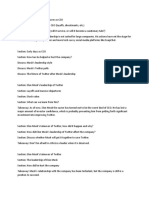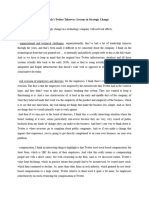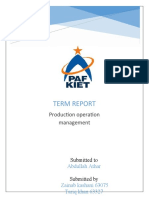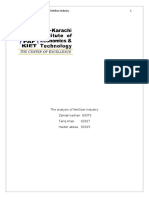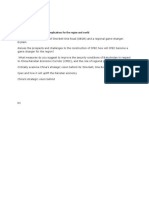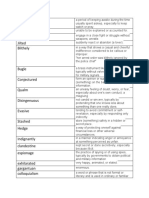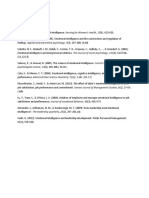Background
Acquisition: In October 2022, Elon Musk acquired Twitter for $44 billion after legal disputes
regarding fake accounts. Twitter was delisted from stock exchanges and made a private
company.
Twitter’s Financial History: Since its founding in 2006, Twitter struggled with profitability. By
2022, the company faced declining revenues and was valued at $10–$12 billion, but Musk
overpaid by approximately $20–$30 billion.
Funding the Deal: Musk financed the acquisition with $13 billion in debt and equity sales,
including $4 billion from Tesla shares.
Key Changes and Controversies
1. Management Overhaul:
o Fired top executives, including the CEO and board members, cutting $3 million in
costs. Appointed himself as the sole board member.
2. Mass Layoffs:
o Musk fired 50% of Twitter’s workforce (about 3,750 employees) immediately after
the acquisition.
o Further reductions led to a total workforce shrinkage to one-third of the original size.
3. “Hardcore” Work Culture:
o Introduced “Twitter 2.0,” requiring long hours and a high-performance culture.
o Employees unwilling to comply were offered severance pay.
4. Operational Decisions:
o Brought Tesla engineers to lead Twitter’s technical operations.
o Fired teams focused on algorithm bias, accessibility, ethical AI, and customer service.
o Eliminated teams responsible for fixing bugs and maintaining core systems, risking
platform stability.
Impacts and Challenges
Employee Morale: Layoffs were perceived as chaotic and poorly managed, eroding trust and
morale.
Knowledge Loss: Departures of experienced staff created technical and operational risks.
Advertiser Exodus: Over 62% of top advertisers left by February 2023 due to concerns about
the platform’s direction.
Brand Reputation: Musk’s actions raised questions about Twitter’s employer branding and its
ability to attract talent.
Financial Pressures: Twitter faced challenges in repaying its $13 billion debt amidst declining
ad revenues and user engagement.




















